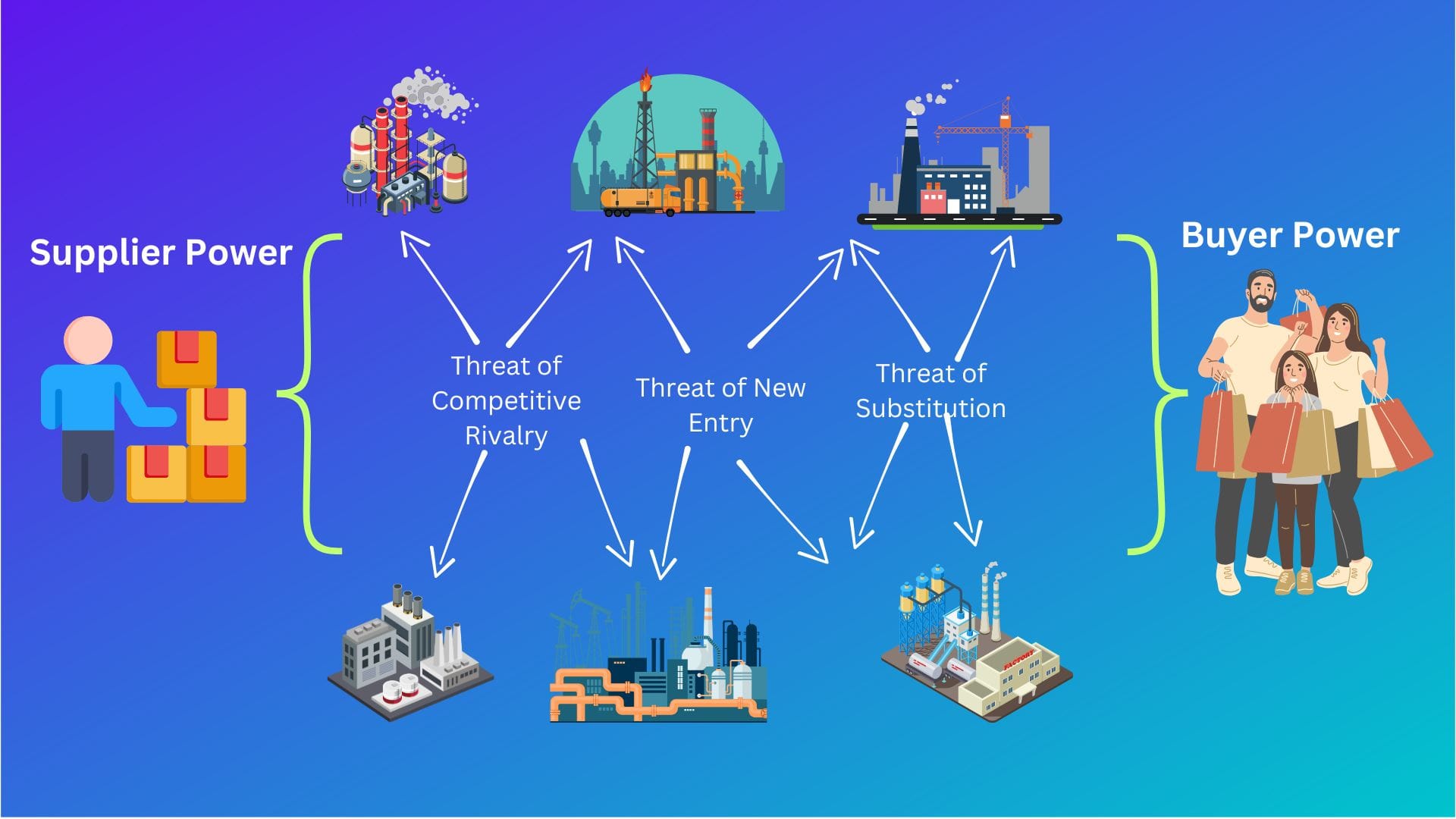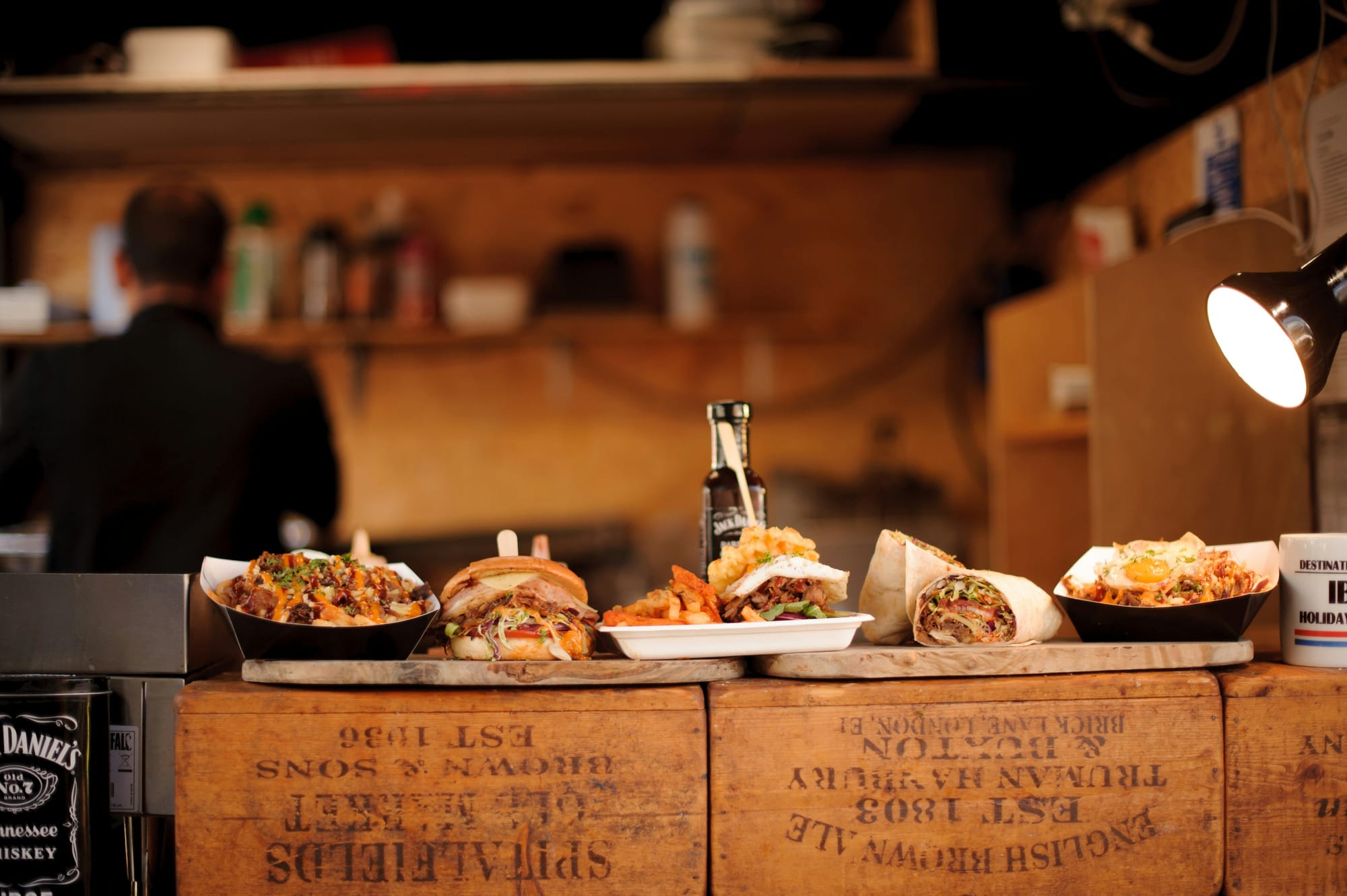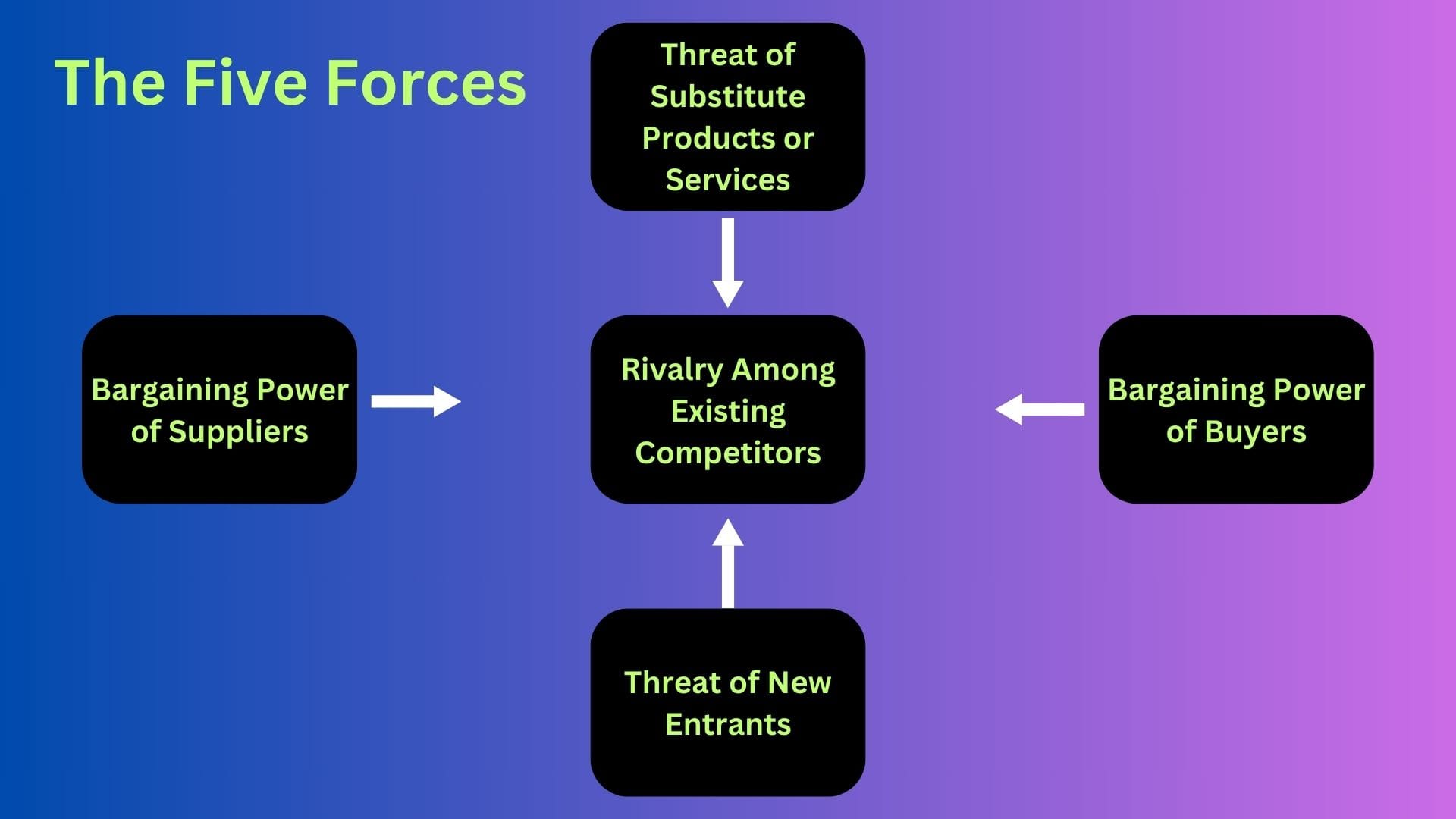Strategy Byte - Week 45 Industry Structure - Porter's Five Forces

Table of Contents
- Recap
- The Food Festival
- Porter's Five Forces
Recap
During Week 44, we broke down Industry analysis under two layers :
- Business / Non -Financial Layer &
- Financial Layer
We provided the below sub-classifications under Business / Non-Financial layer :
- Industry Structure
- Competitors
- Customers (Segmentation & Value Mapping)
- Regulatory Environment
We also sub-classified Financial Layer under :
- Unit Economics
- Value Creation & Capture
Then, we moved to the mental mindset required to understand the intricacies surrounding Industry Analysis - Systems Thinking. Why systems thinking?
This is because
- understanding the interactions of various environmental forces & actions of other entities and
- how these interactions affect a company's operations & performance requires us to have a Systems Mindset.
Understanding how these interactions affect the company & the actions taken by it
- To navigate any adverse impacts &
- To take advantage of any opportunities
is part of Strategy
We briefly touched upon Porters' Five Forces (which we will explore deeper from this week onward).
We visualized the the whole industry with the suppliers, customers, peers, competitors etc as a system :

Now, let us start our journey with the seminal work of Michael Porter - Porter's Five Forces which changed the way Strategy is viewed.
The Food Festival
The Five Forces is a framework for understanding the competitive forces at work in an industry, & which drive the way economic value is divided among industry actors. (Source : here)
Sounds a mouthful? Don't worry!!
To make things simpler, let us go for a food festival. What?? A food festival? What has that to do with strategy? Let's find out..

Last weekend, we went for a food festival which was just amazing (Which food festival isn't??). Lots of delicious food & the aroma was intoxicating (Local, Italian, Fast food, Indian etc), different types of coffee, hot chocolates, burgers, chips, fries, pizza, ice creams and so on...




Let us imagine a chef who wants to set up a gourmet burger stall at that food festival. What considerations should he have in mind before setting up the stall ?
- He or she will have suppliers who provide the raw materials, equipment & consumables required to make burgers, fries etc. Can he negotiate with them for better terms?
- Some or all of the stalls may have a single supplier or different suppliers. What leverage the stall owners have with the supplier(s)?
- There will be other fast food stalls maybe close by or far away from our chef's food stall. Are their burgers better than ours? Where should we put our stall?
- How is the competition between the stall owners?
- Are there stalls of big players like Mac Donalds or majority stalls make gourmet burgers & fries like our chef?
- What are the alternatives a customer will go for other than burgers & fries (pizza, KFC etc)? Are there any stalls of those alternative cuisine close by?
- Can our chef price their burgers reasonably or is the competition cut-throat that prices are low?
Now you get the idea!! Let us revisit the Five Forces definition again :
Porter's Five Forces
The Five Forces is a framework for understanding the competitive forces at work in an industry, & which drive the way economic value is divided among industry actors. (Source : here)
The key words to understand here are :
- Understanding the competitive forces at work in an industry &
- How it drives the way economic value is divided among industry actors
Applying the analogy of food trucks to an industry,
The Competitive Environment
A company does not function in a vacuum. Understanding the competitive forces means understanding the lay of the land or the industry players (means competitors, suppliers & customers).
It is a mandatory initial step. Without knowing who are the other players in the industry and other related industries, you cannot develop a strategy to survive & thrive in that environment.
It's like finding out who are setting up stalls & how they are positioned in the area. E.g., are all burger stalls in the same location & which other stalls are nearby?
It is important to see where you are placed in the industry. The following questions are worth pondering :
- Whether that is the most optimal place from where you can grow?
- What can prevent you from growing?
- Who are the other players in the industry & what actions can they do to impact your business & vice versa? There could be a handful of companies or the number of players could be large.
Capturing Economic Value - Suppliers & Customers
Are all the companies using the same supplier? If yes, how does this fact impact the cost of supplies? Do the suppliers wield enormous power over the companies?
What about customers? What are their behavior & segment - low income, high income, middle class etc? Are these customers loyal exclusively to your products & services?
In terms of economic value capture, are the suppliers powerful enough to capture a good part of the economic value from you by charging higher prices for supplies ?
Are customers very fickle in that they would run to another product (like KFC!!) in case you increase prices of your burgers & fries? So, they keep your prices low ensuring you cannot capture more economic value.
New Entrants & Substitute Products
How easy is it for a newcomer chef to set up a burger stall? In the same vein, is it easy for a company to enter the market or are there barriers to entry to enter the market. (We will get into that later)
A company should not only look at competitor products but also other products which can satisfy the same customer need. E.g., a customer who wants fast food can choose between burgers & pizza or KFC.
Now, let us visualize Porters' Five Forces :

Next week, we move from food trucks to real industry analysis.
After understanding the lay of the land (industry) through Five Forces, we will explore what are the key drivers in any industry structure for
- Business growth &
- Profitability
Let's dive in !!!